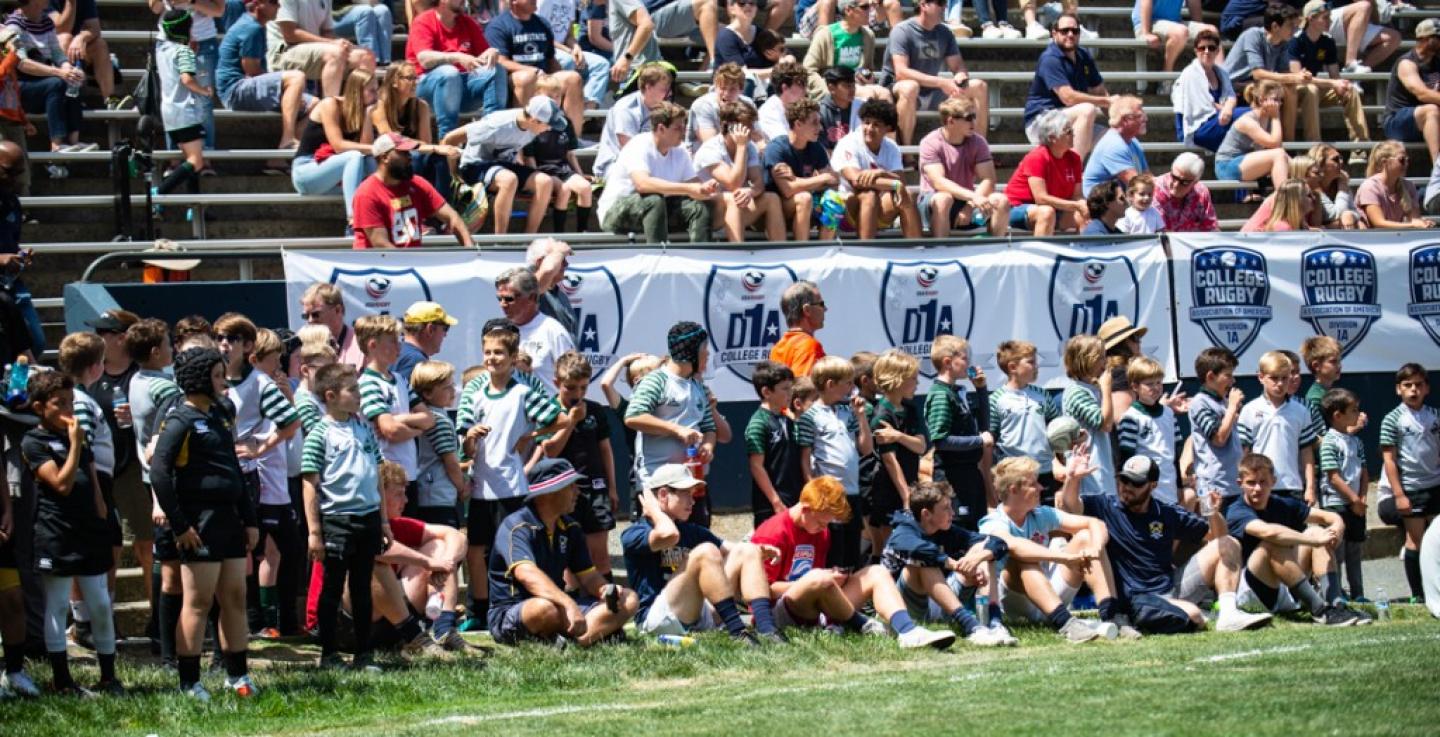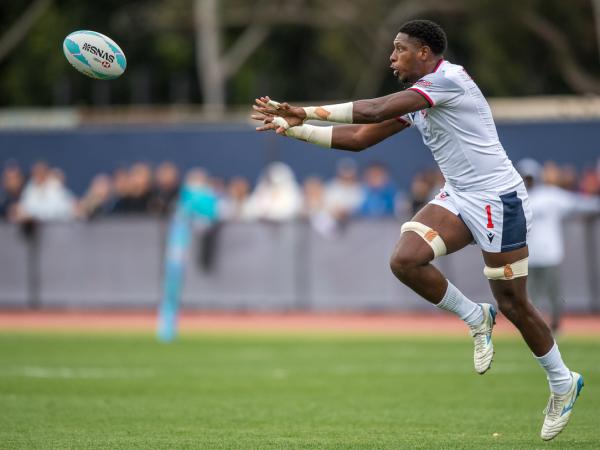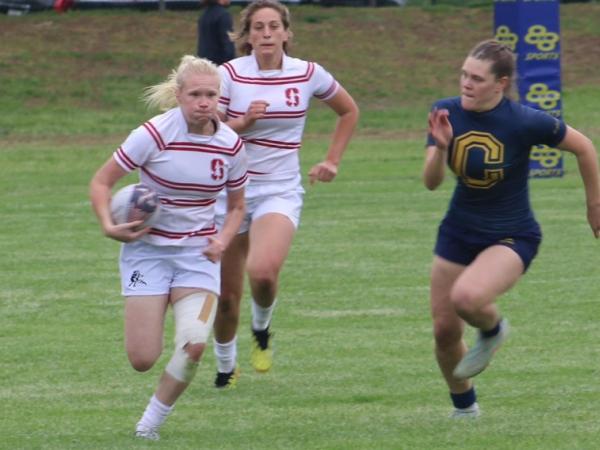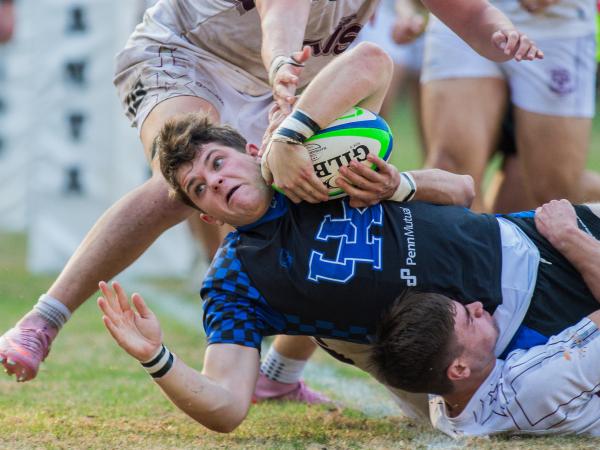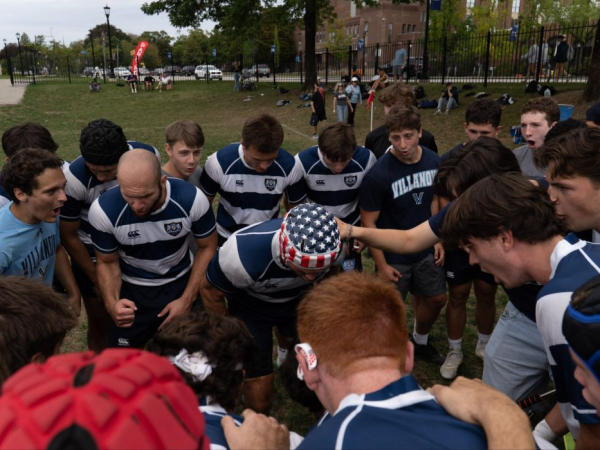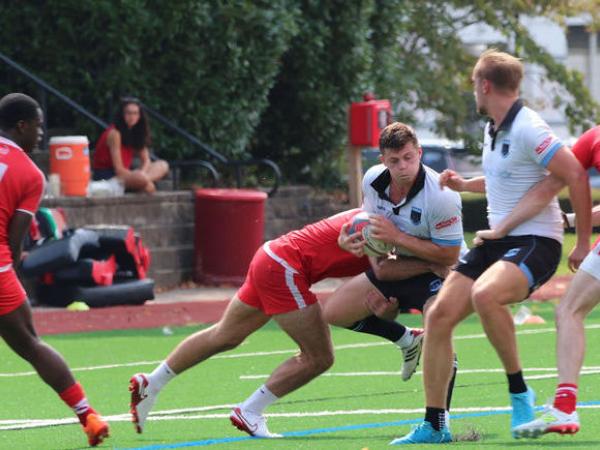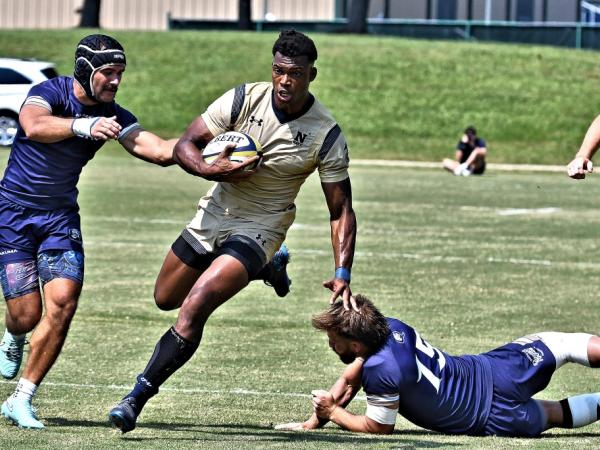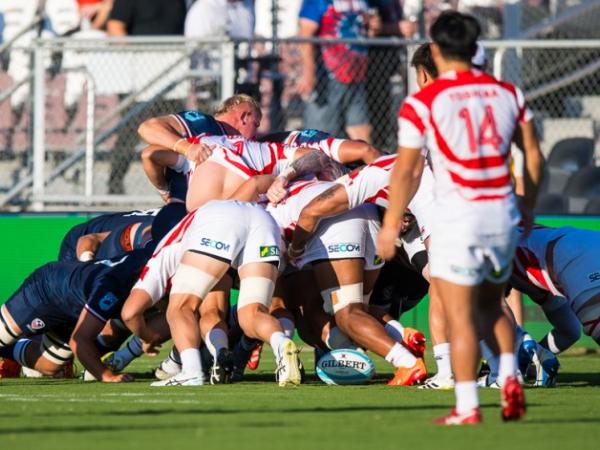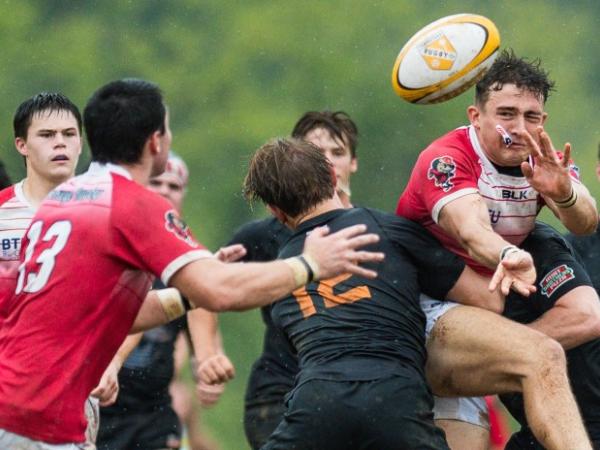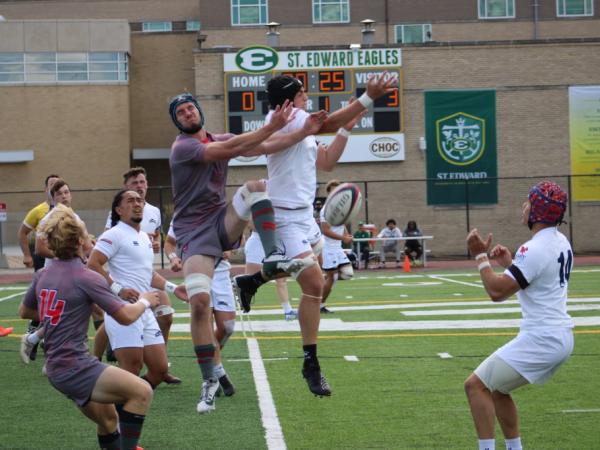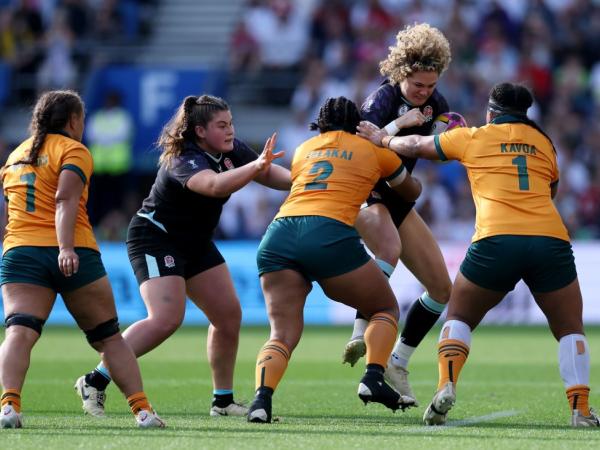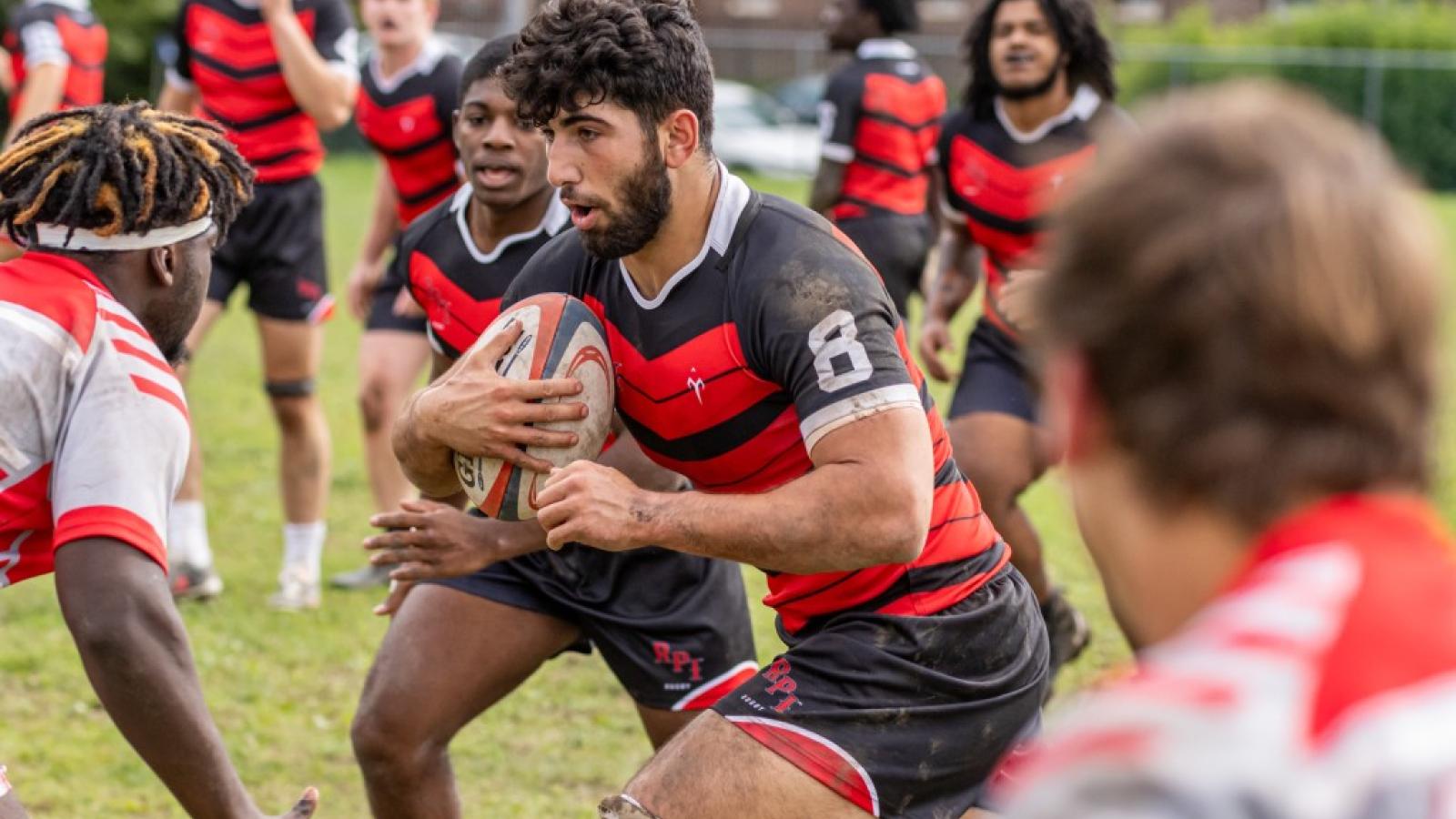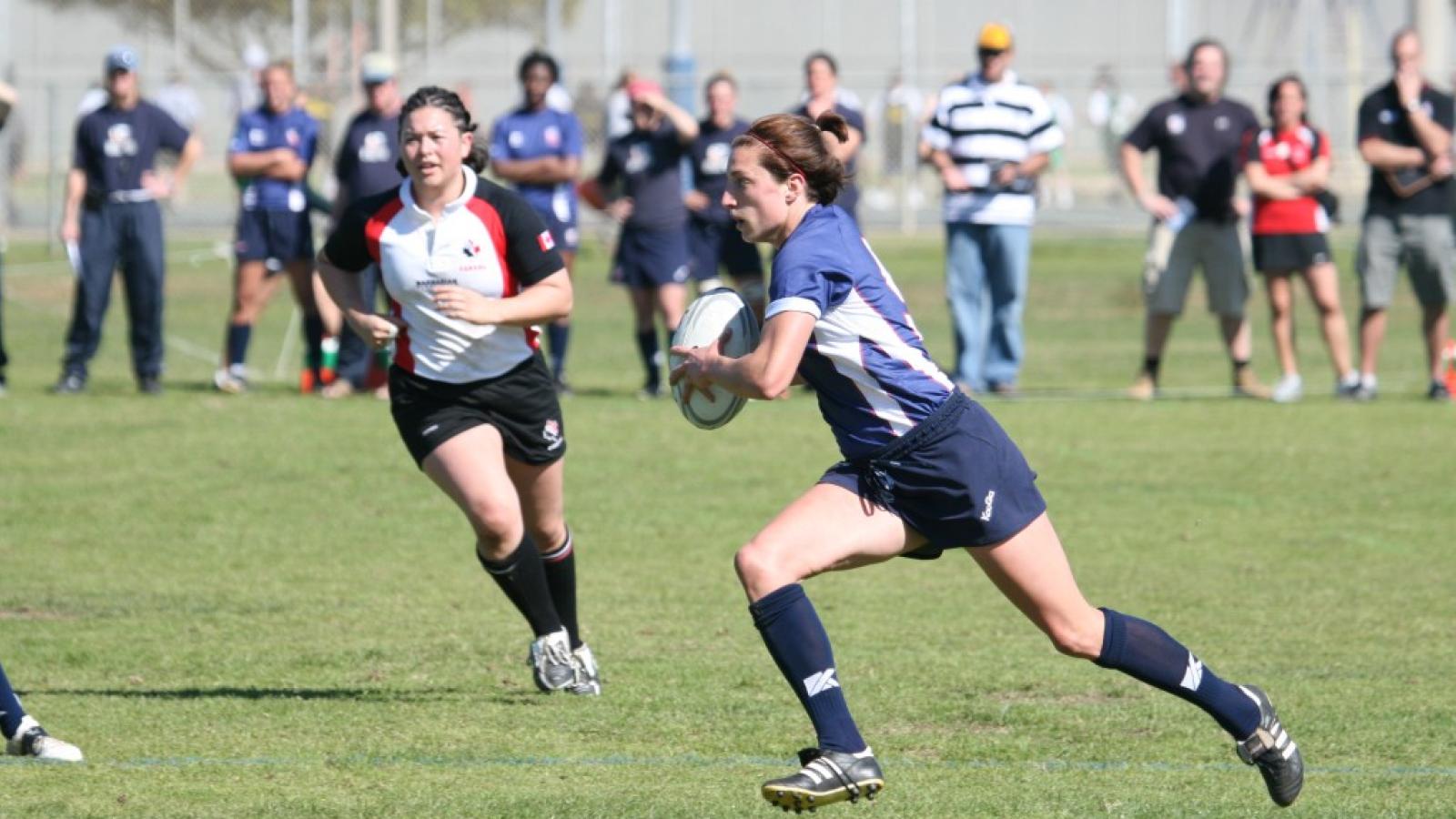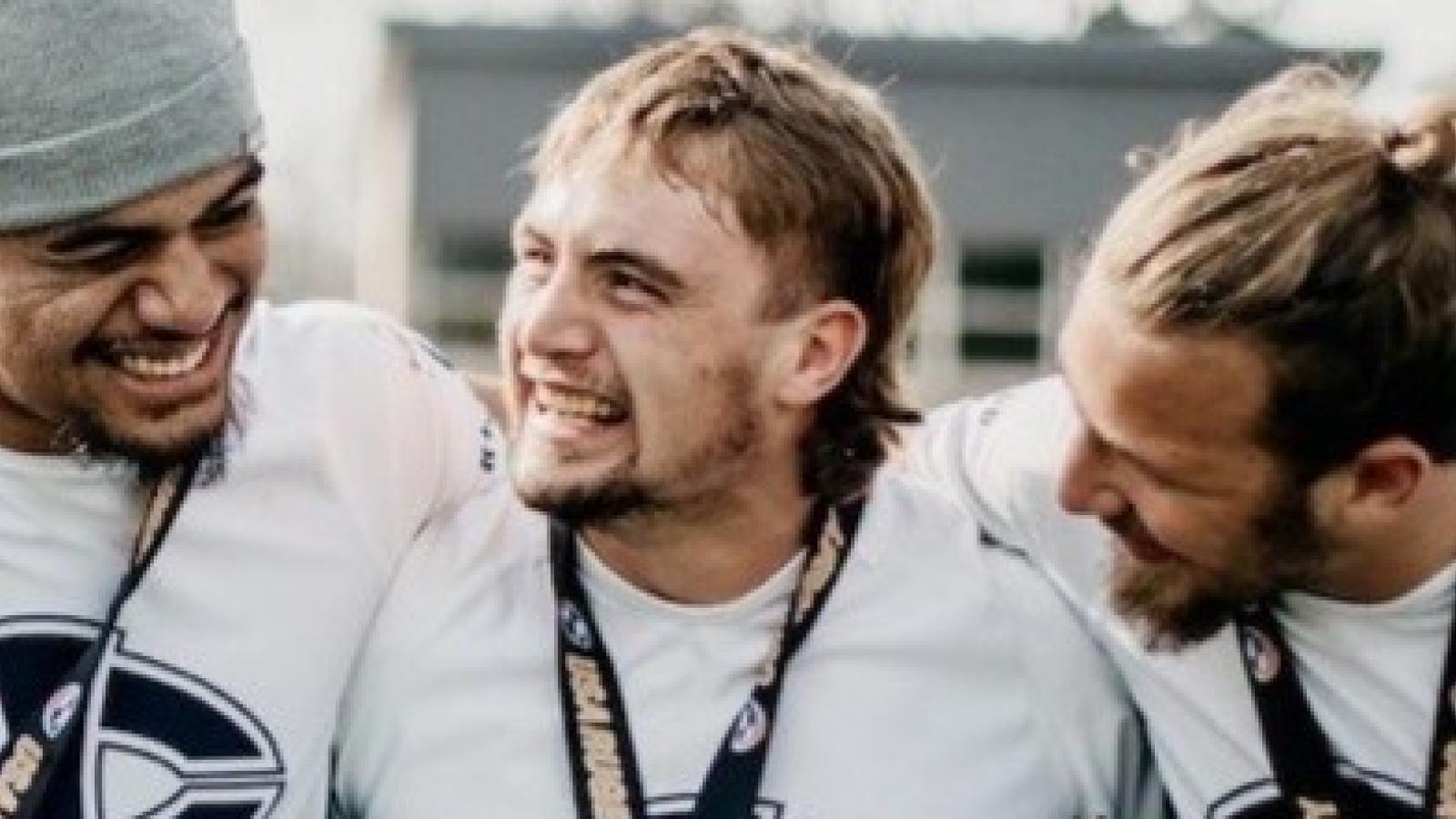As some businesses open in some states and restrictions related to COVID-19 ease up, don’t expect rugby to follow suit.
Sports in general will probably not get back to normal anytime soon, but there’s also a hierarchy of sports when it comes to deciding how to get back to competition.
The US Olympic and Paralympic Committee (USOPC) has produced some guidelines to address that very topic.
In a document produced by USOPC Chief Medical Officer Jonathan Finnoff, the return to training parameters go through various stages, starting at lockdown and progressing through stages such as, people being able to go out but not gather in groups, some business being open on a limited basis, to training facilities being open for individual training, all the way to training facilities being open and no limits on group size.
It’s easy to see now that rugby, being a team sport that requires a lot of people, will have to wait.
In addition, the USOPC has produced another document discussing sporting events. In that document, sports are categorized based on how much contact there is between participants. Low risk sports are those that are competed between individuals who do not touch each other (archery, alpine skiing, golf).
There are moderate risk sports, and also high risk sports. The high risk group is described as being “sports that involve close, sustained contact between participants, lack of significant protective barriers, and high probability that respiratory particles will be transmitted between participants.”
That sounds a lot like rugby.
With the constant physical contact, and contact not just between two people (as in wrestling) but between as many as 30 people, rugby is likely to be seen as one of the highest-risk sports when it comes to trying to mitigate COVID-19 transmission.
In fact, the USOPC report lists examples of high-risk sports, and they list: wrestling, boxing, judo, karate, taekwondo, and rugby. (Interestingly, the USOPC lists basketball and water polo as moderate risk sports, and that seems splitting hairs—they are contact sports played in a small space with little protection.)
The USOPC has recommendations about competing with high-risk sports. This is what they say:
High risk sports should be avoided until risk mitigation measures can be performed that eliminate the risk of COVID-19 transmission between competitors. Potential ways this could be accomplish include:
1. Determining that no competitors participating in the event has COVID-19 by:
a. Isolating each athlete for 14 days prior to the competition and ensuring they don’t develop any signs or symptoms of COVID-19, OR
b. Having two negative COVID-19 tests 24 hours apart within a few days of the competition and ensuring the athletes are isolated from the time of the tests until the competition
What this means is, even when we get back on the field, tournaments and coaches will have to think about public health before anything else, and that includes winning.
When HIV became a problem, rugby led the way with blood substitution laws, something sports such as hockey and football were slow to adopt. Rugby will have to be equally vigilant with COVID-19, and may well have to take some serious restrictions on the chin.
All this is to say that players will have to be patient. They will see some other sports take the field before they can play rugby. It will be interesting to see how football handles this—it’s almost in the same boat.






